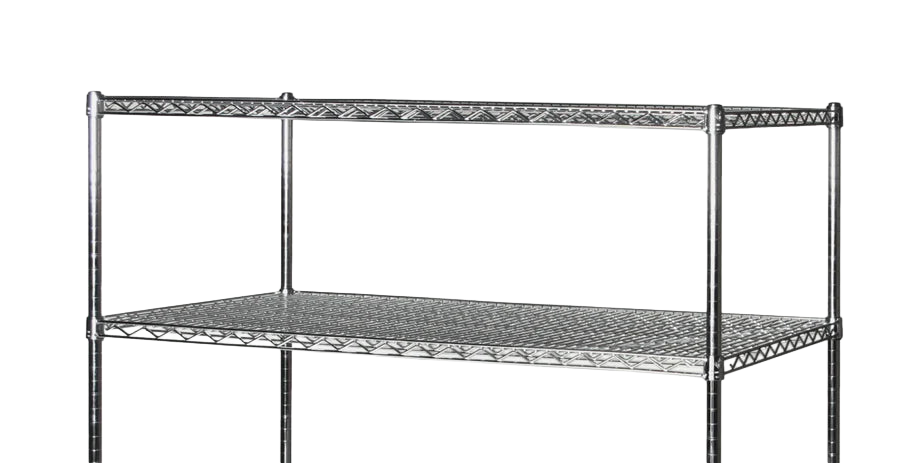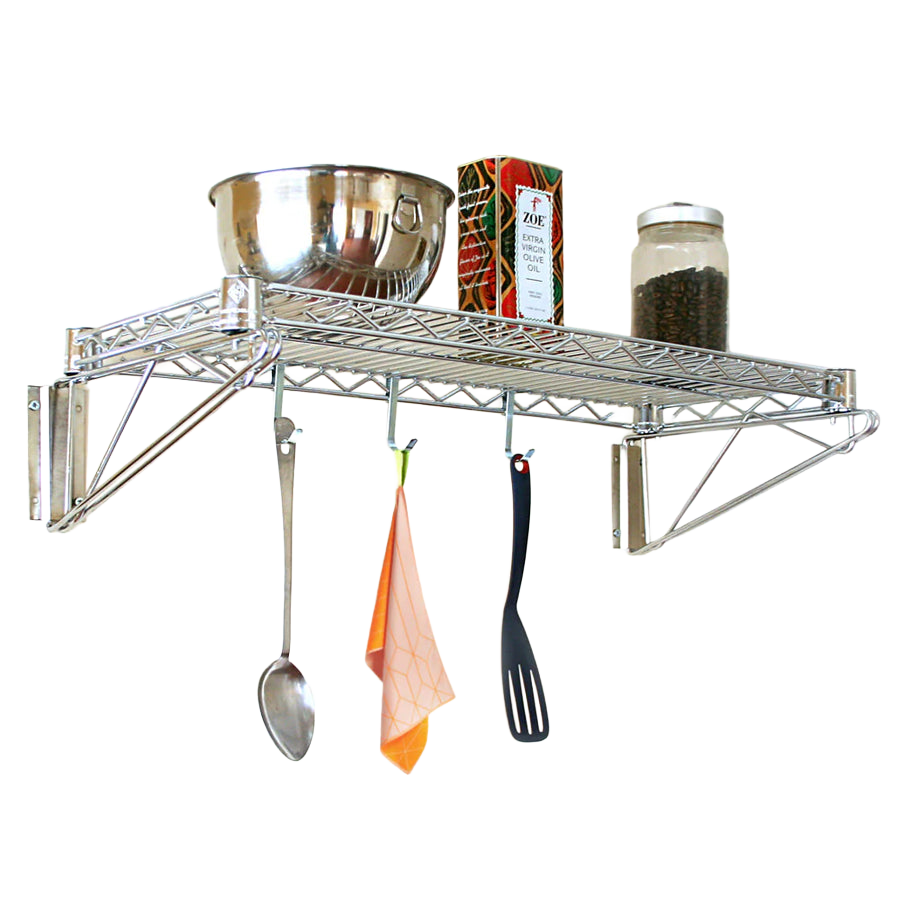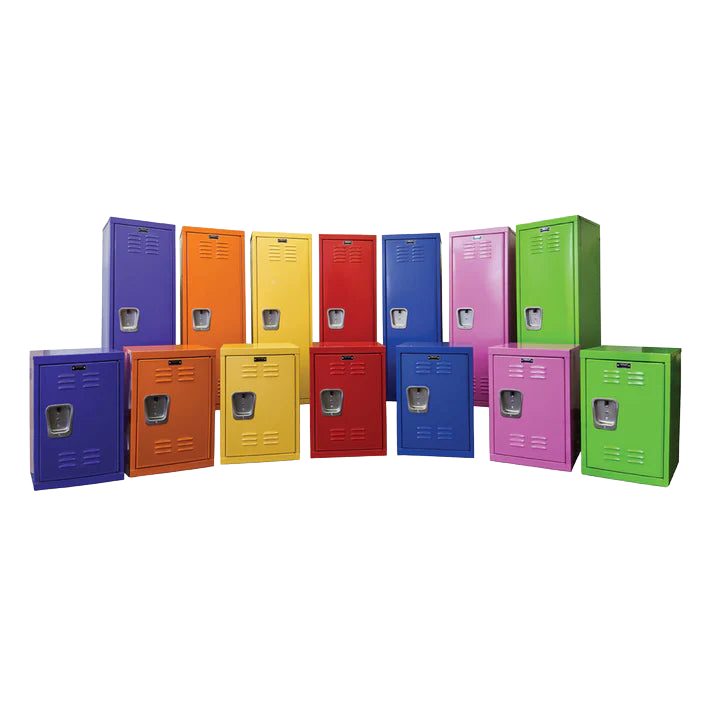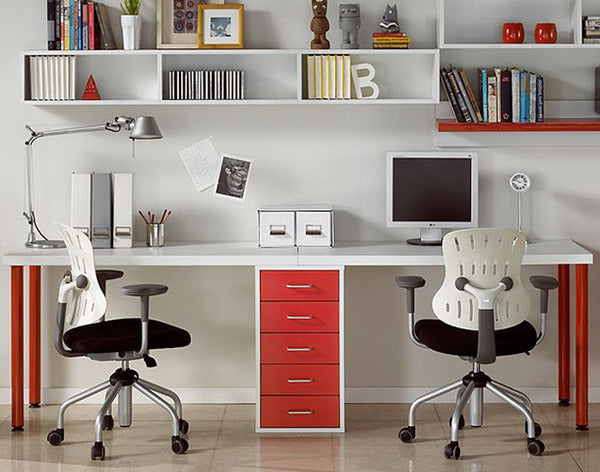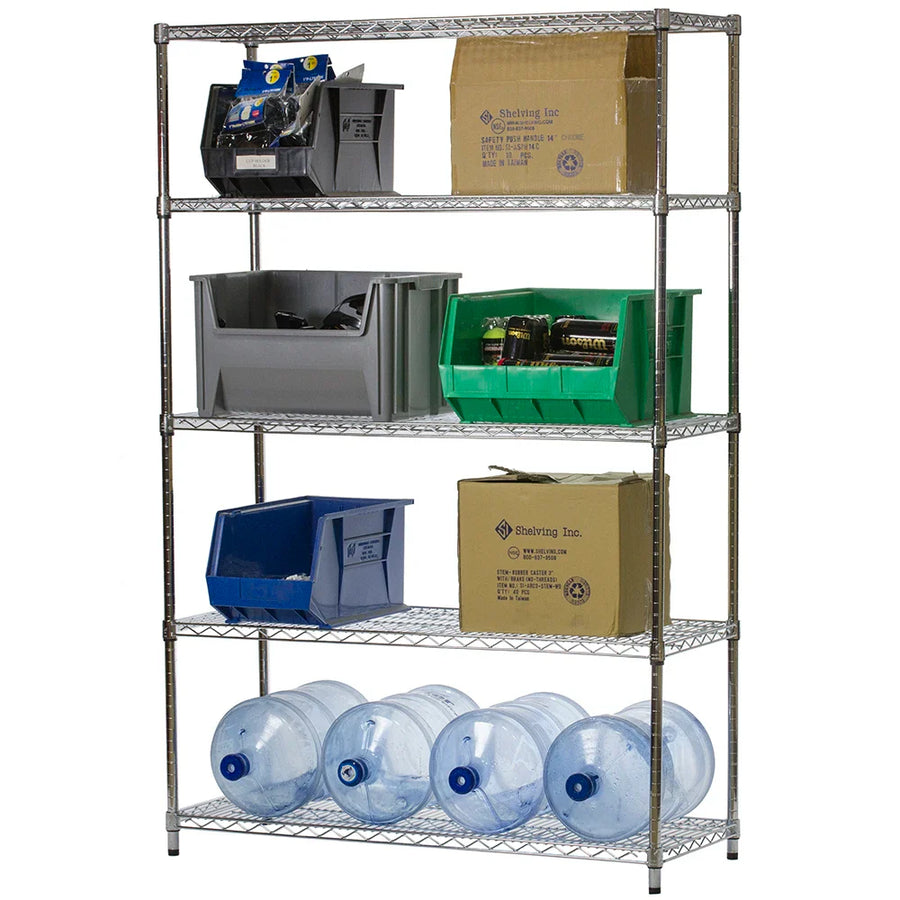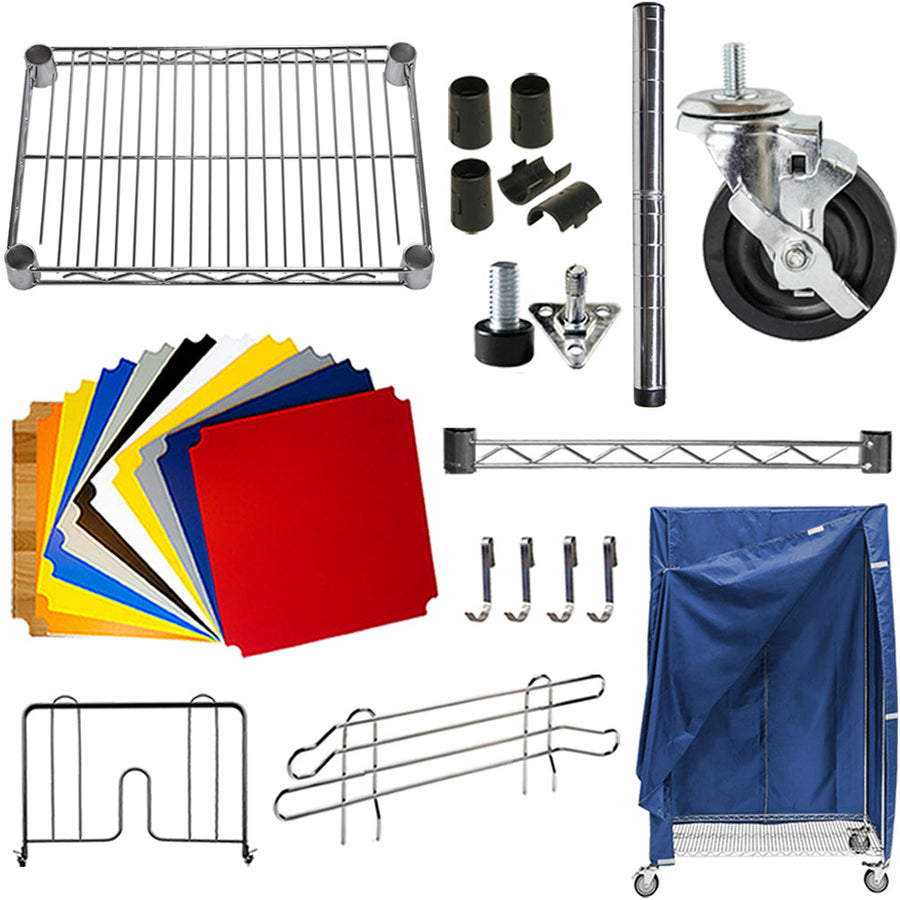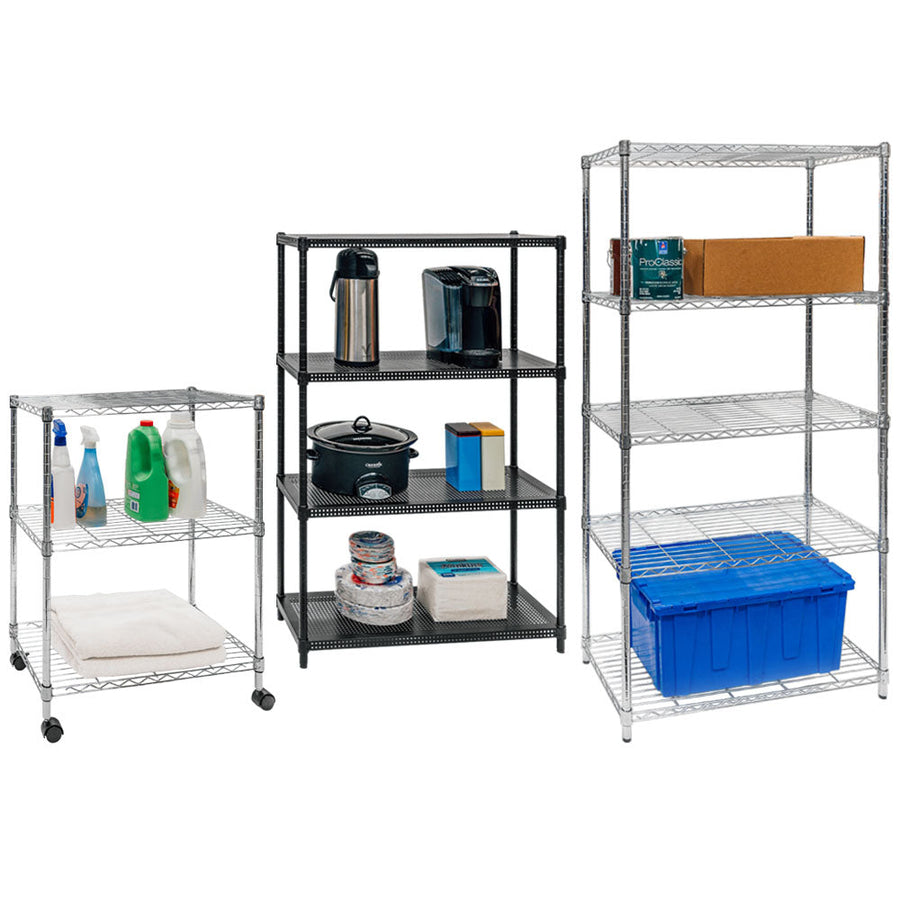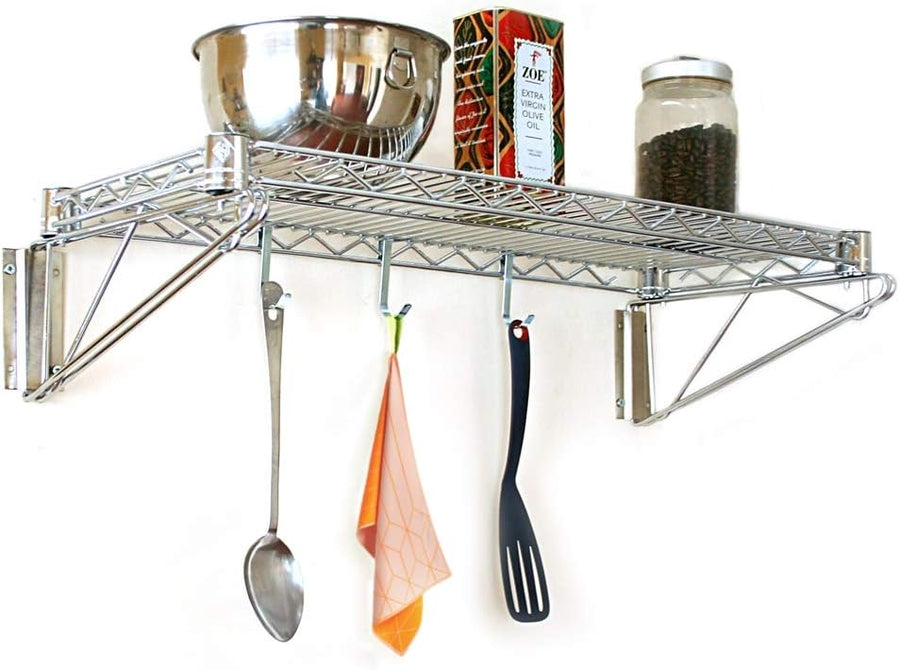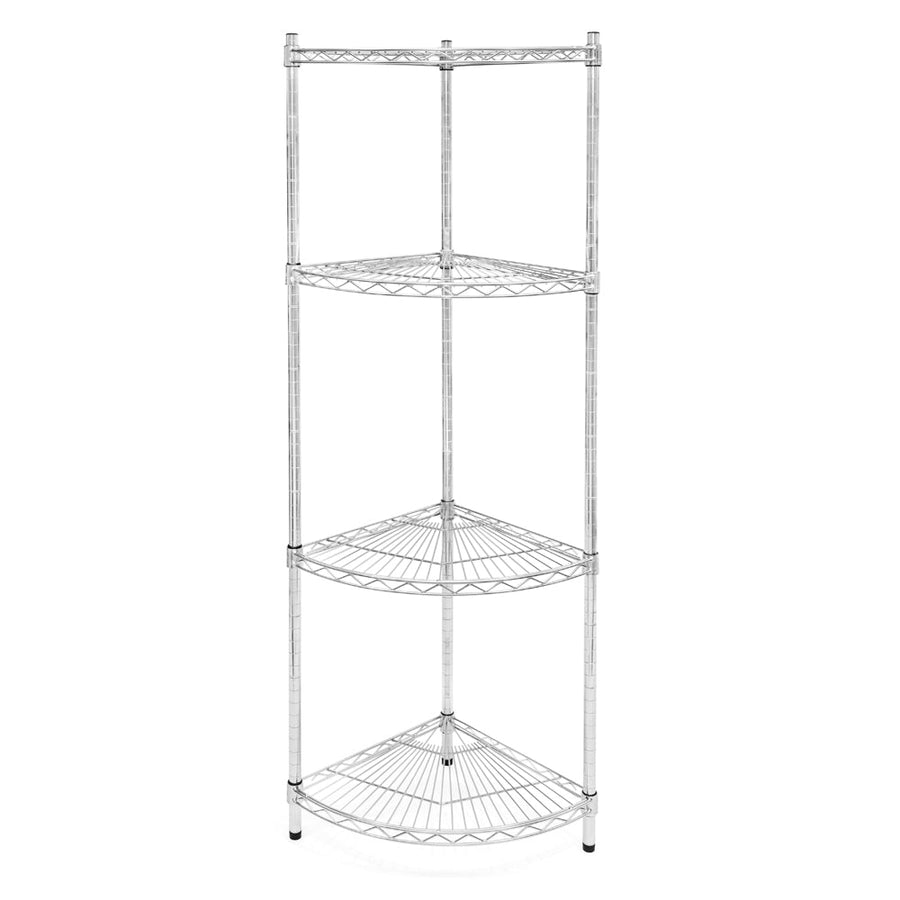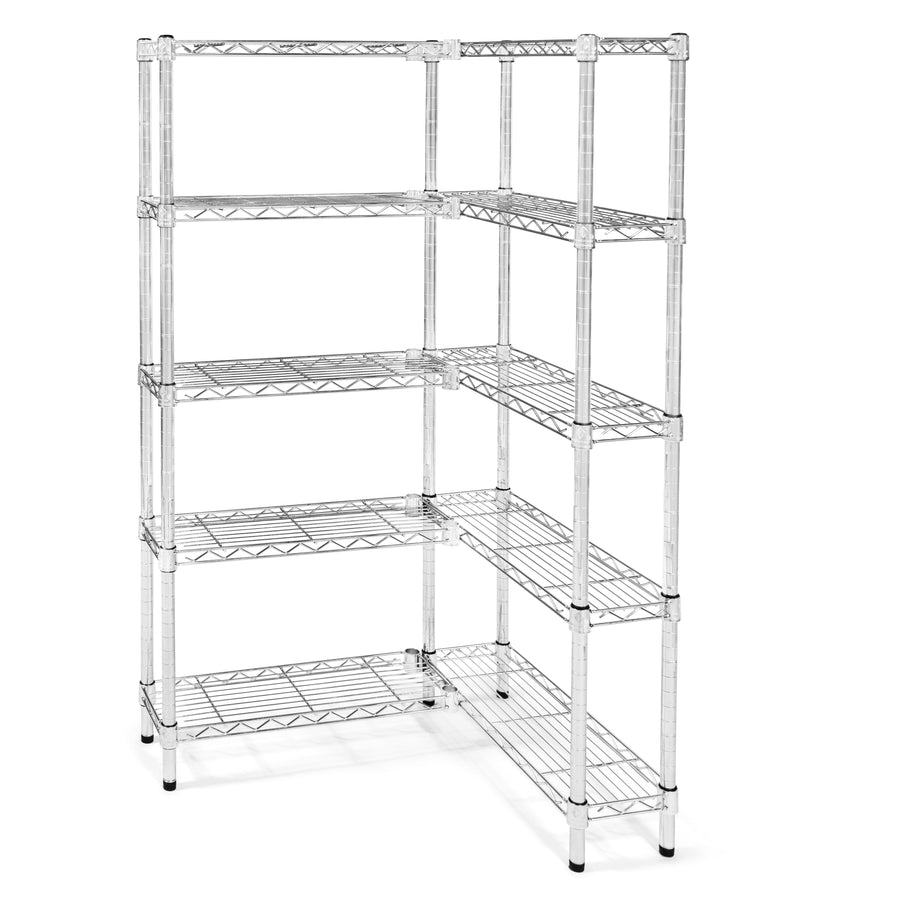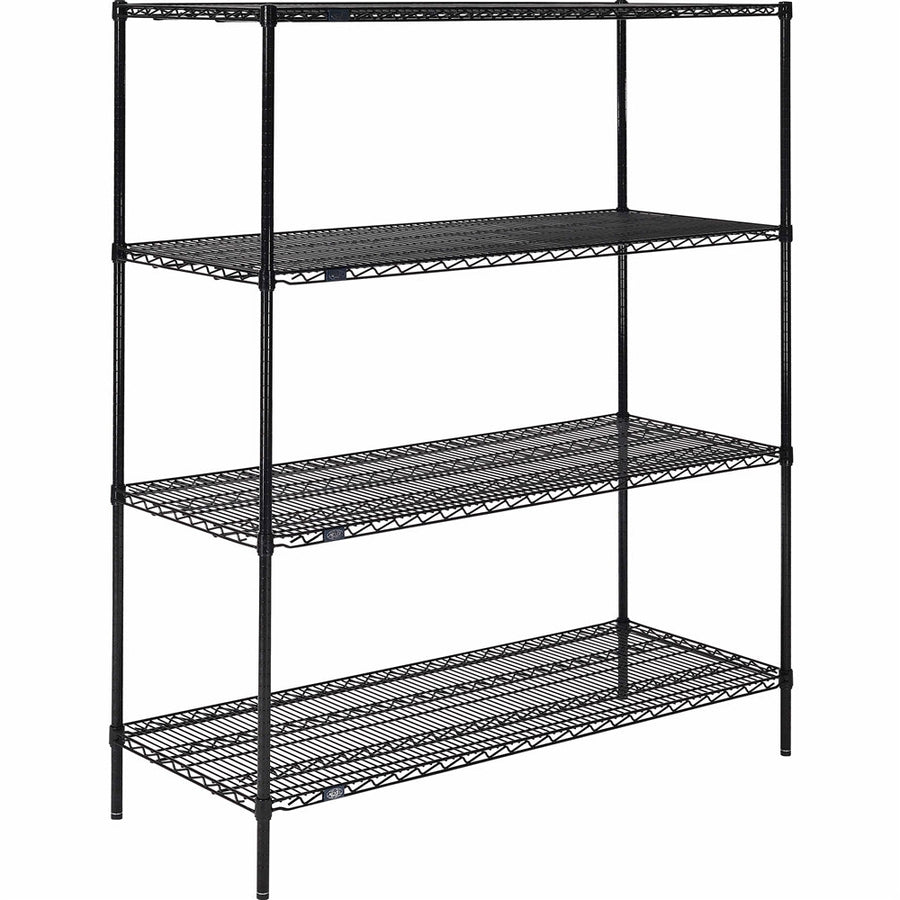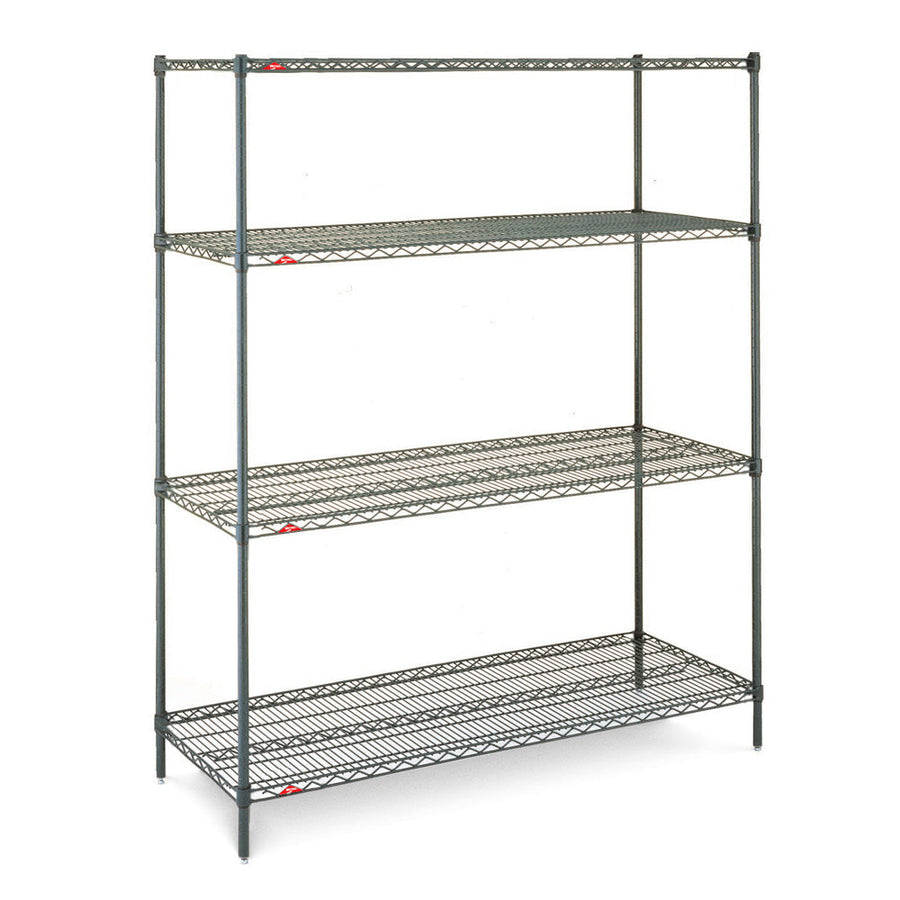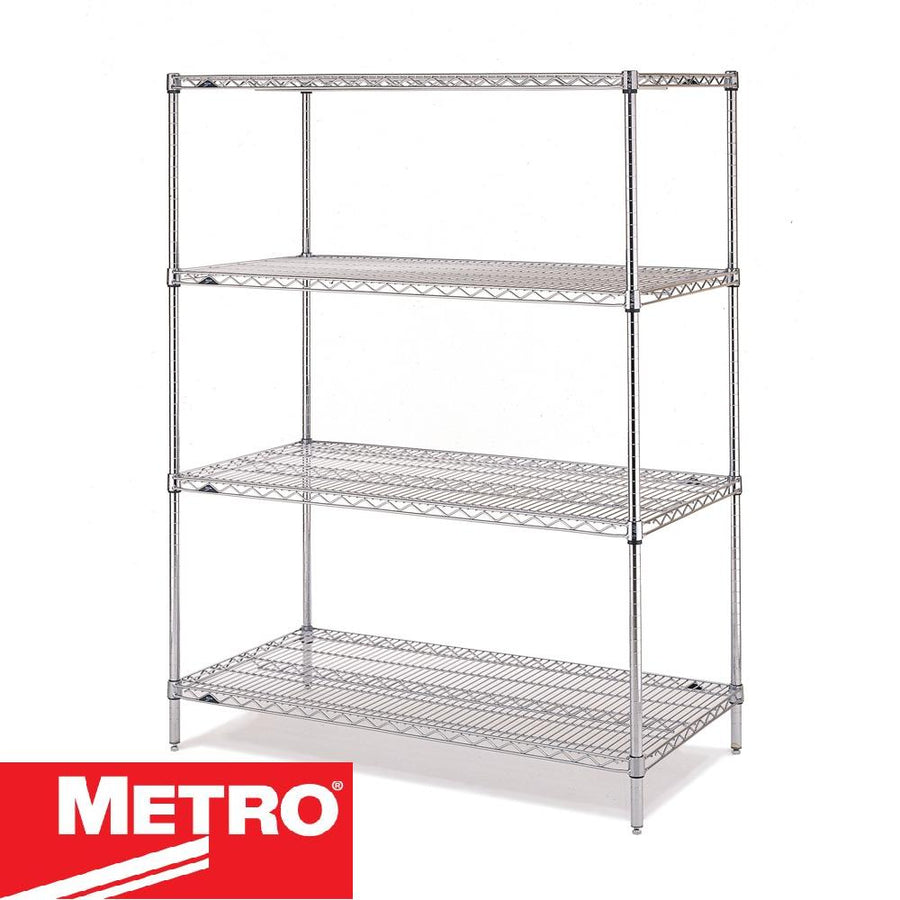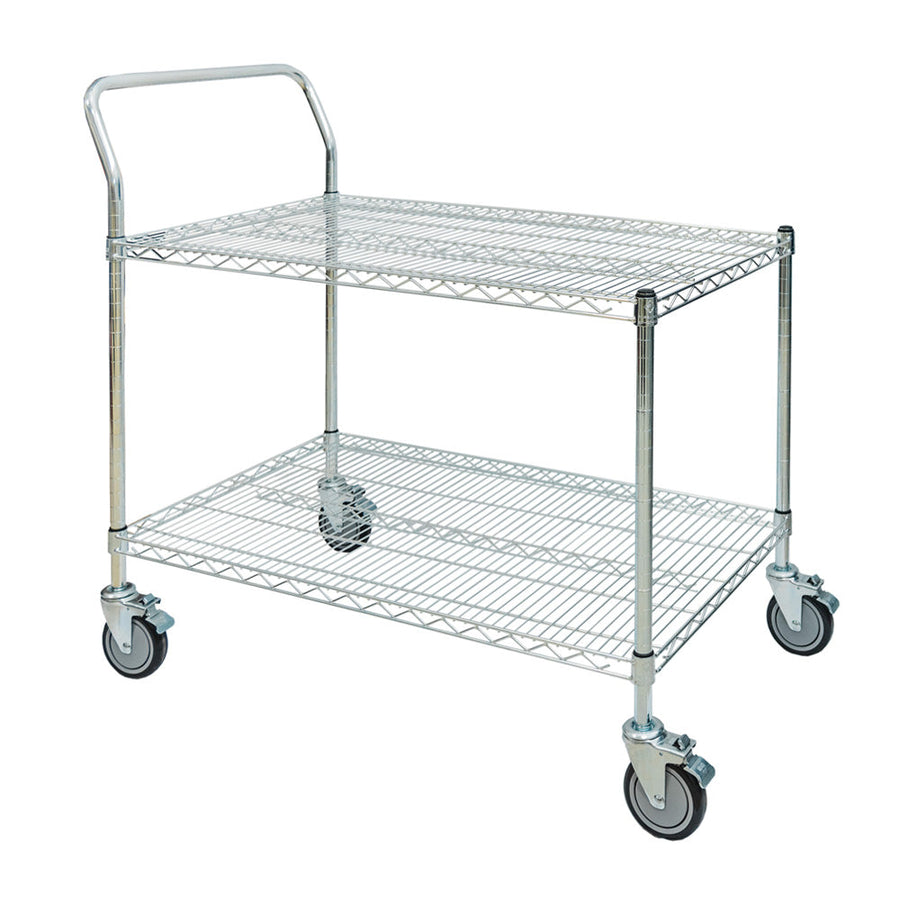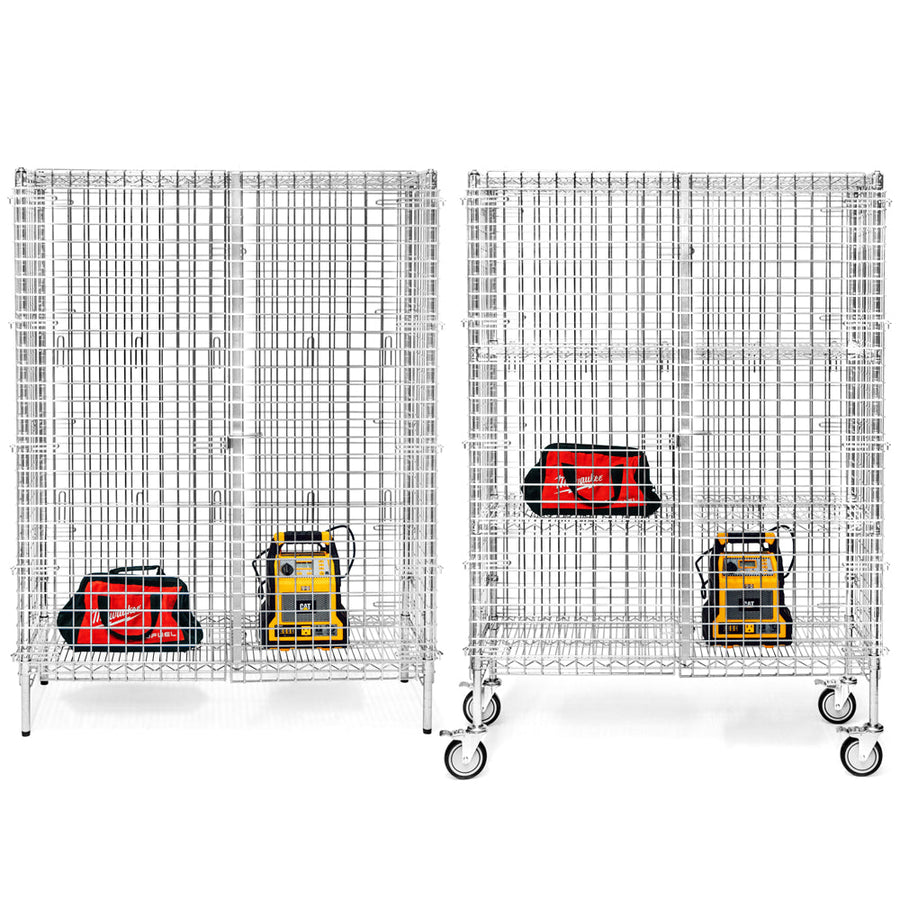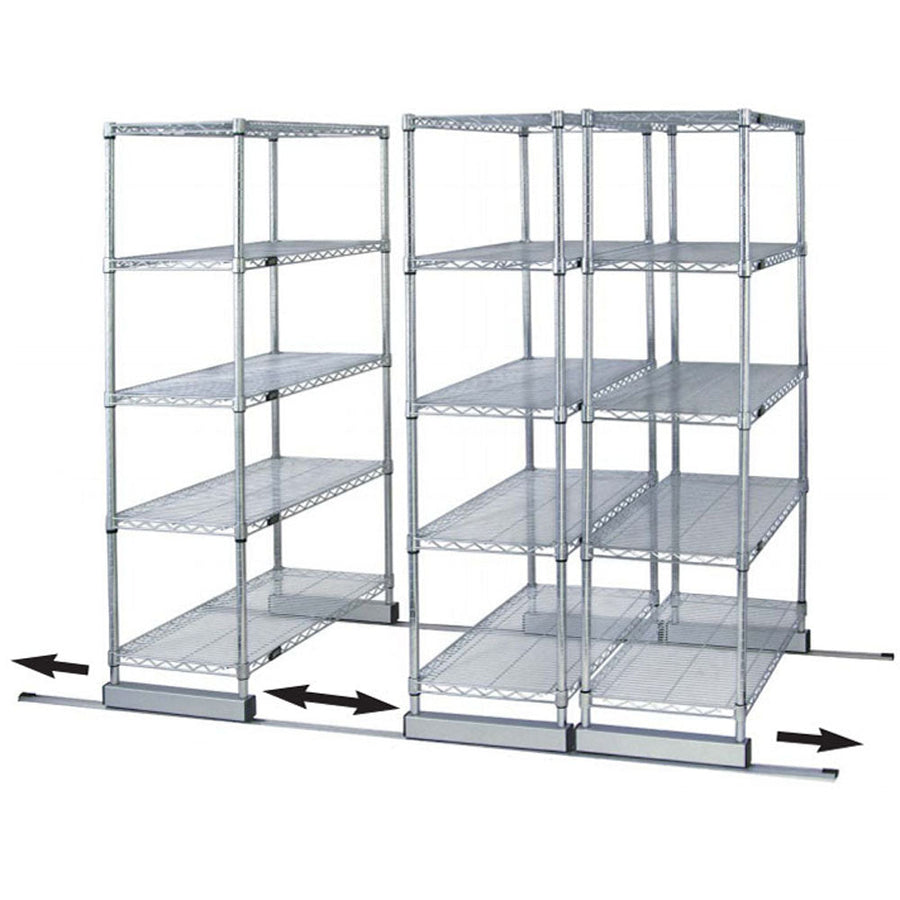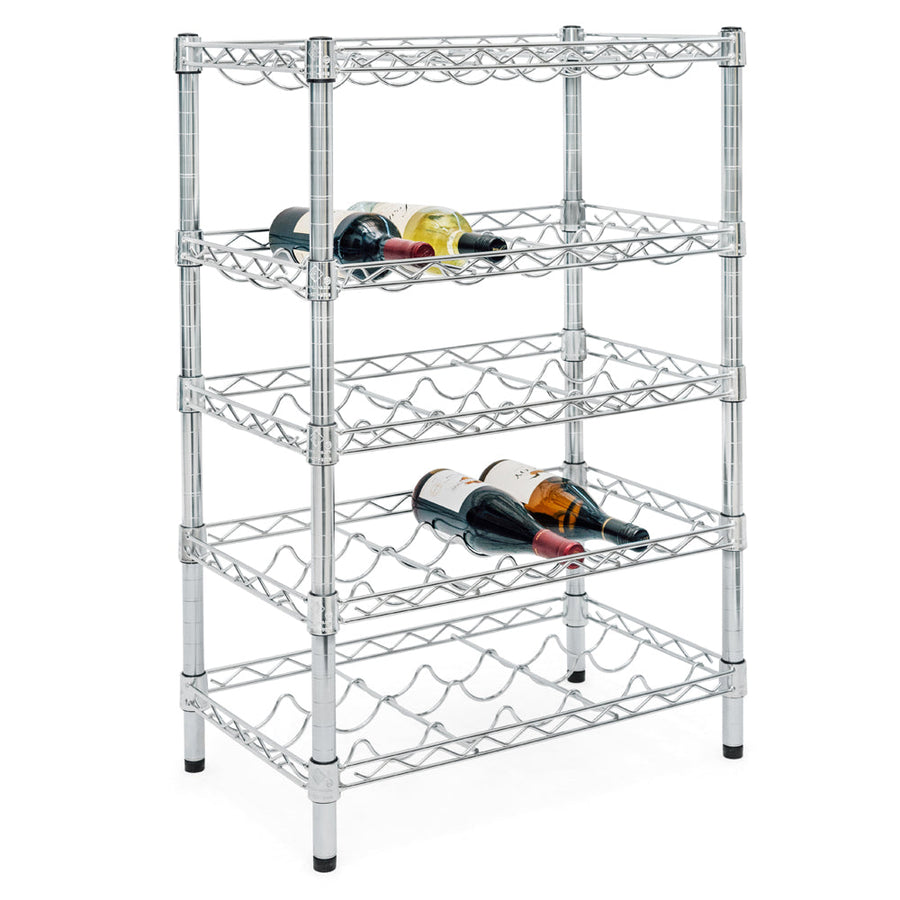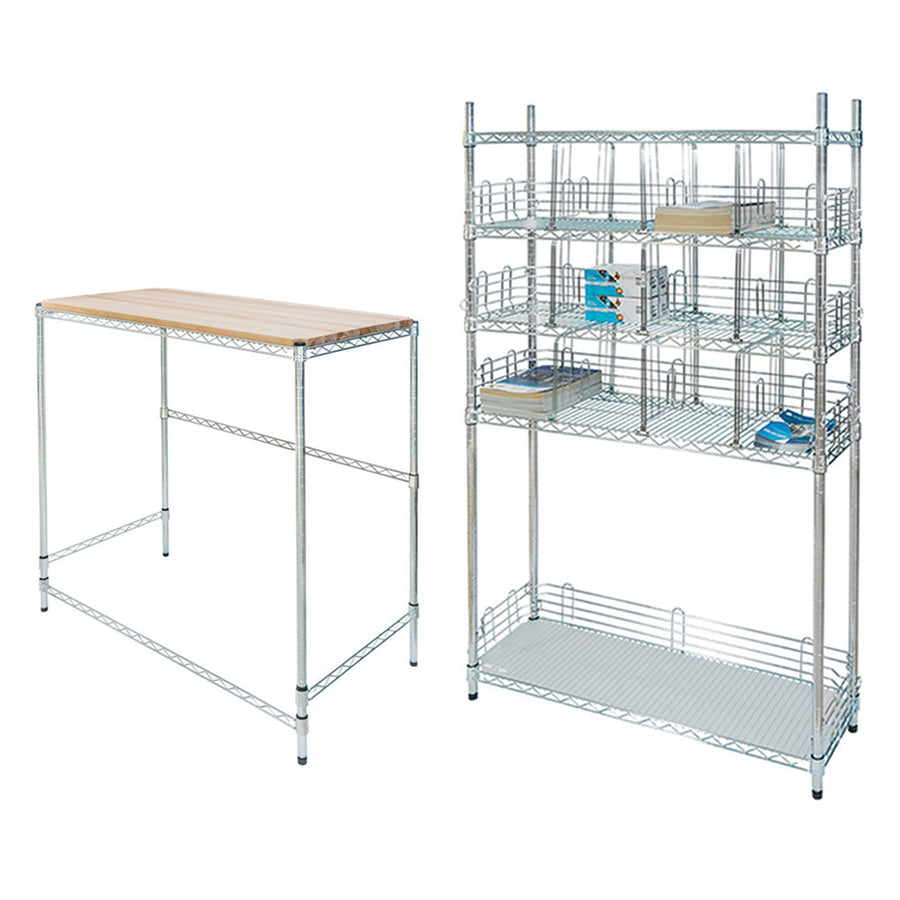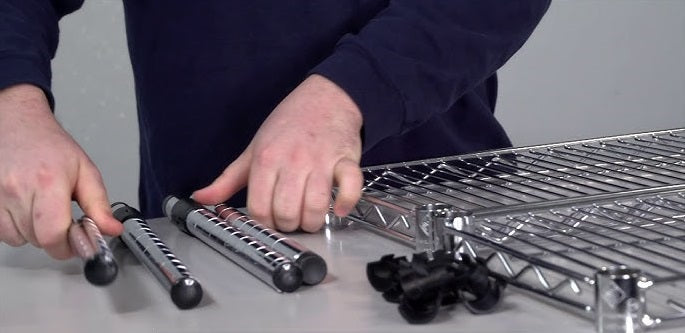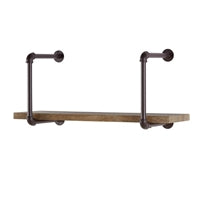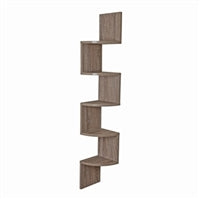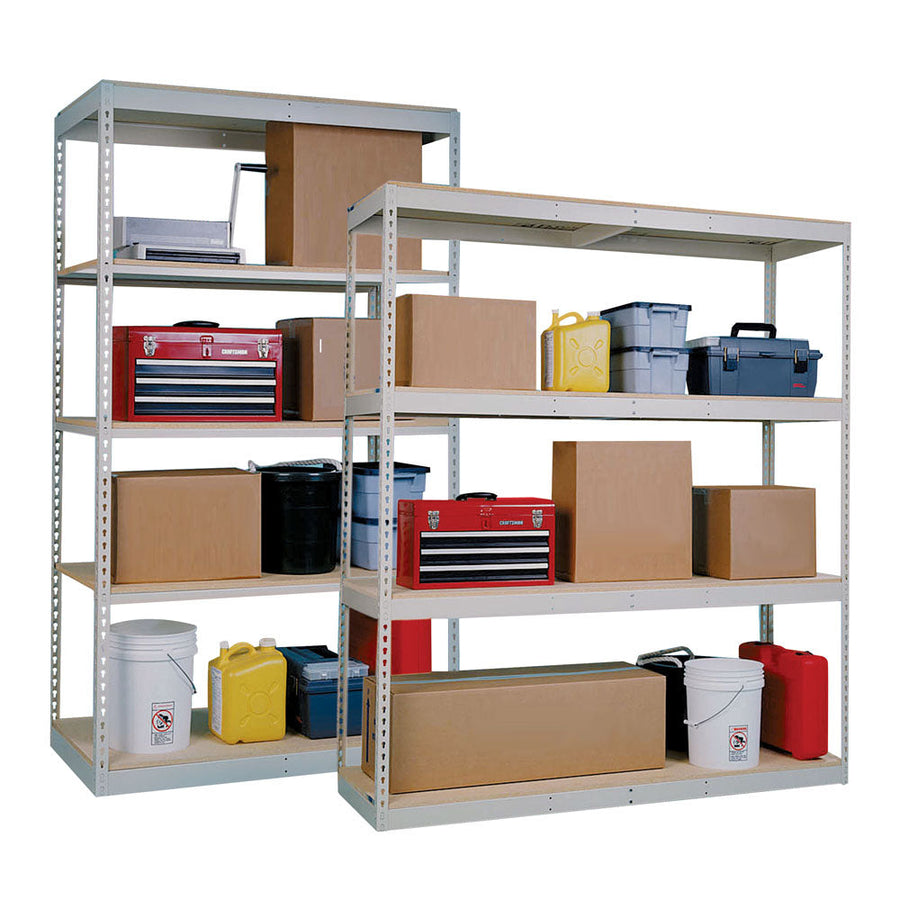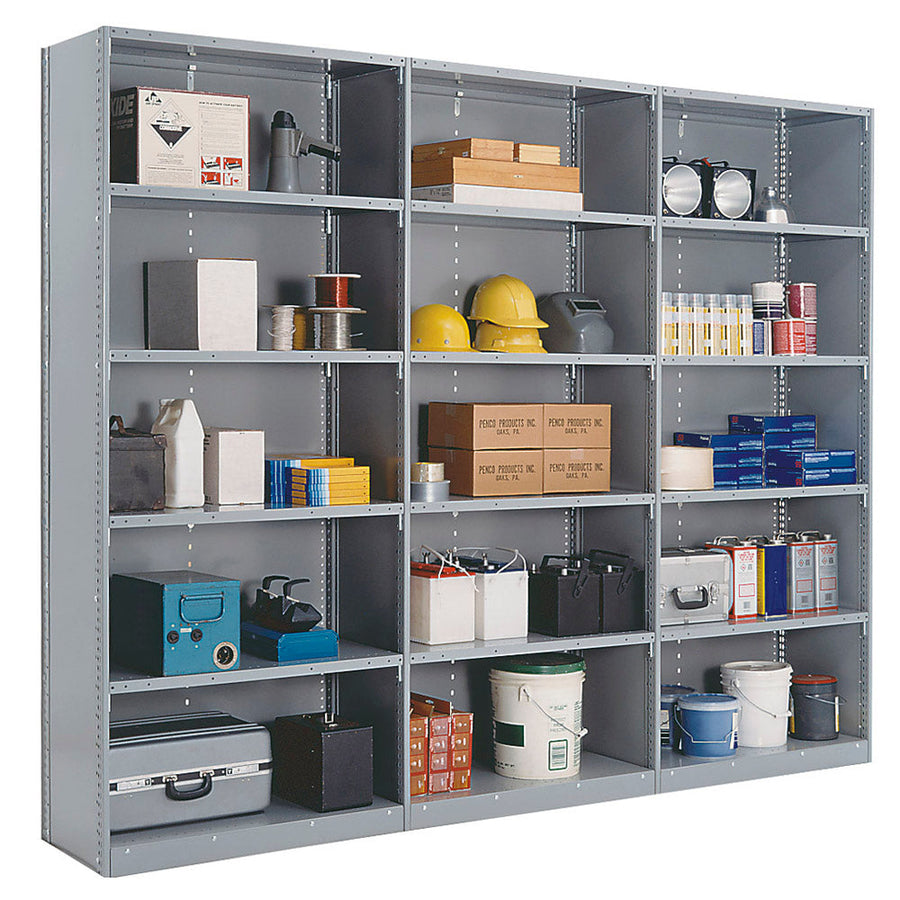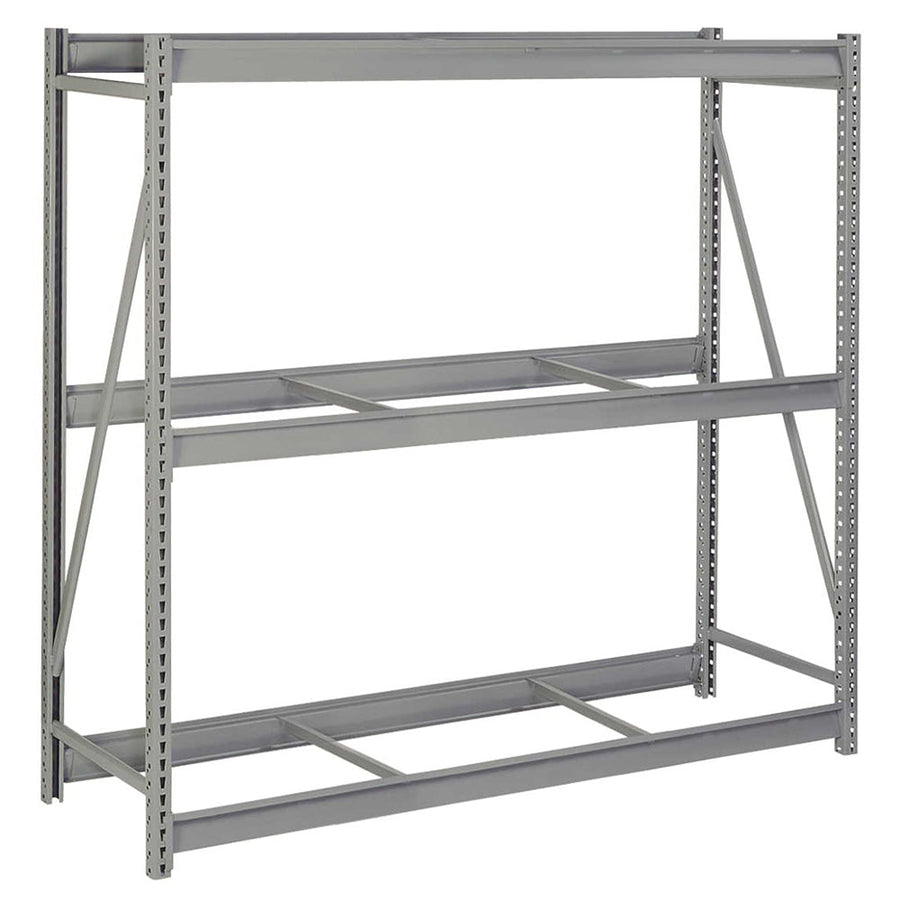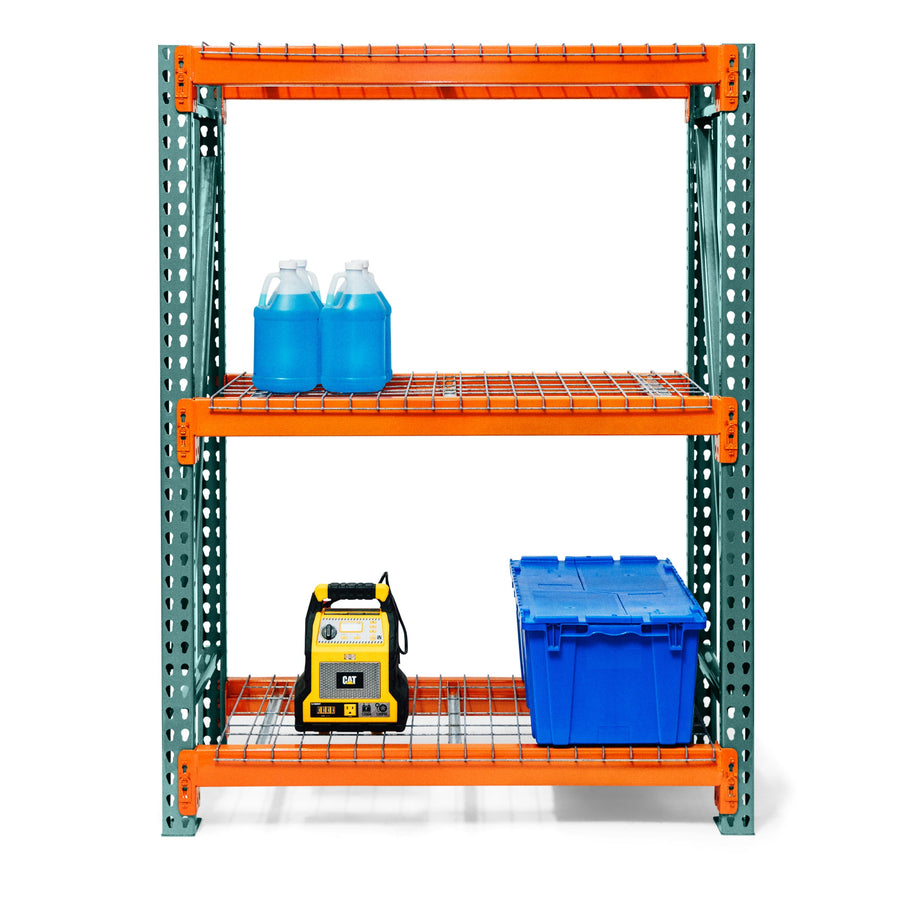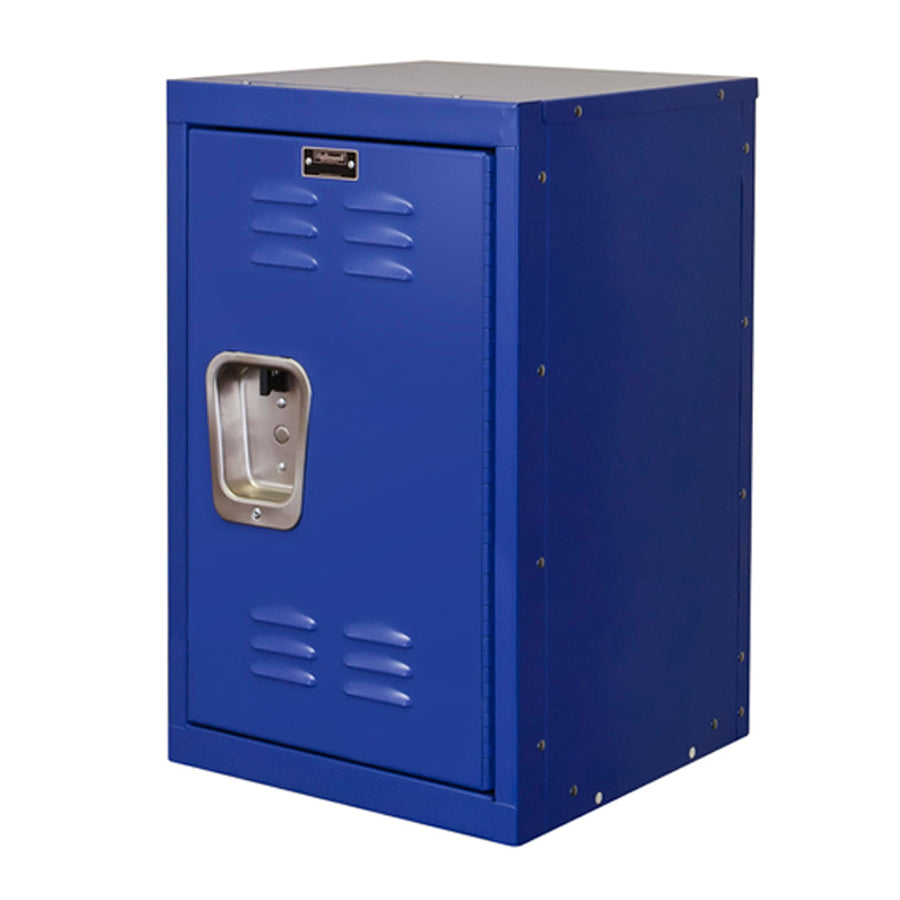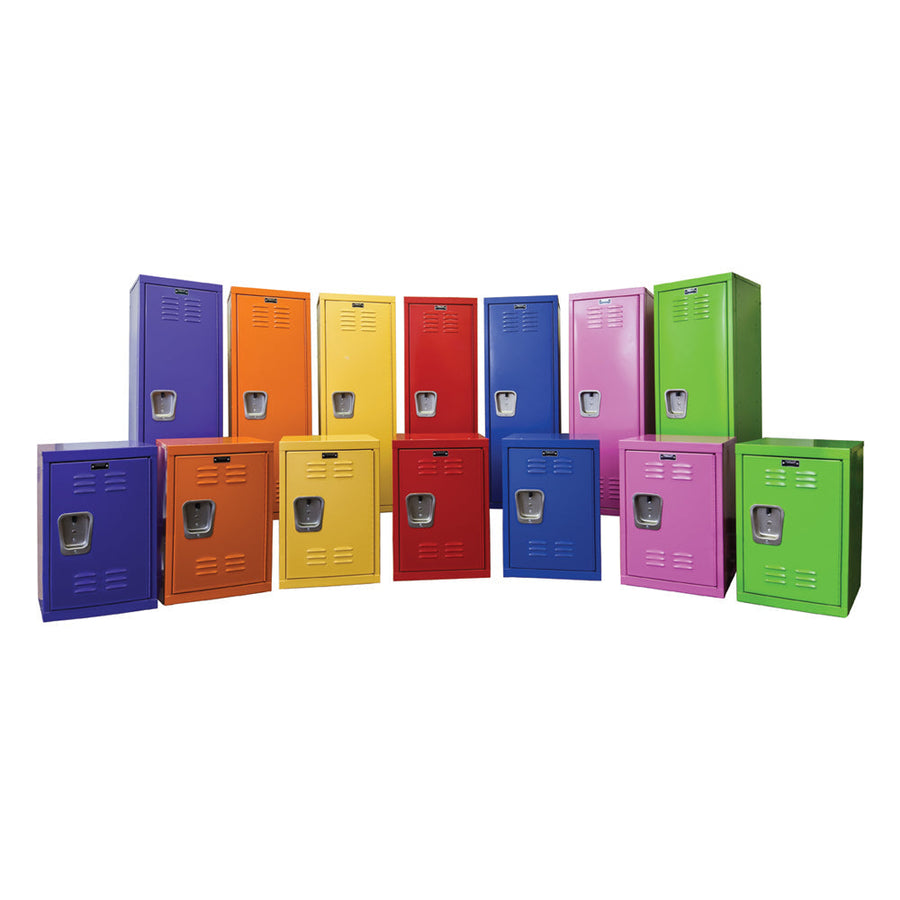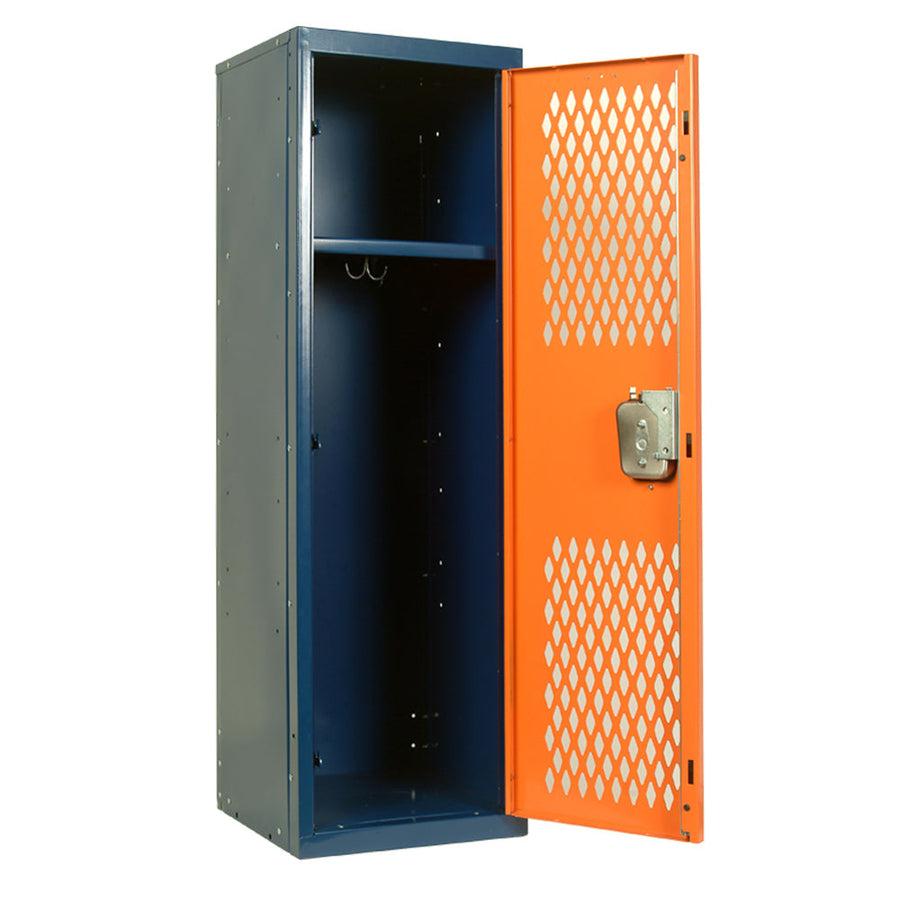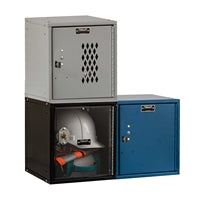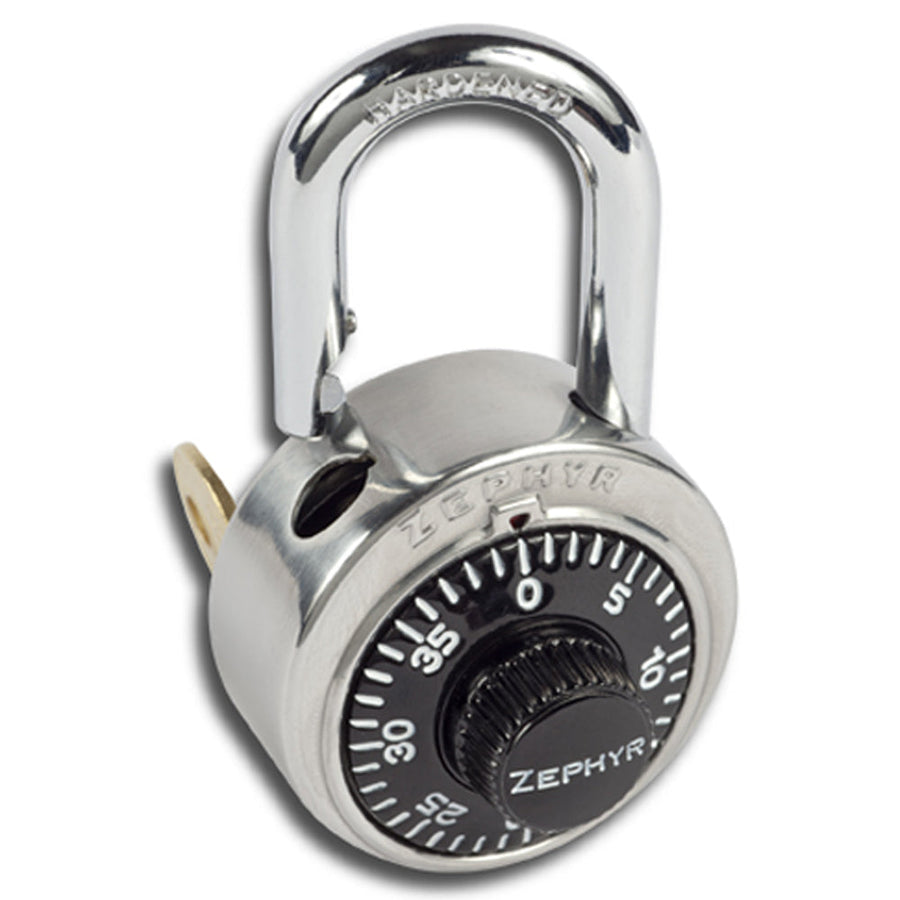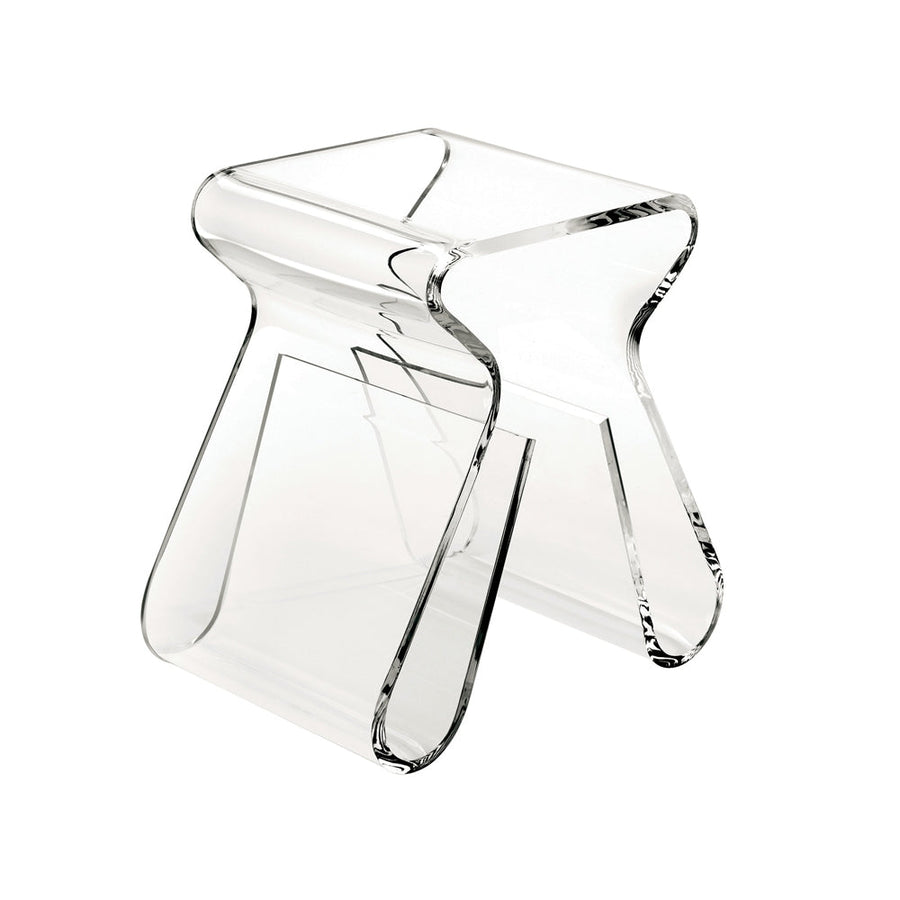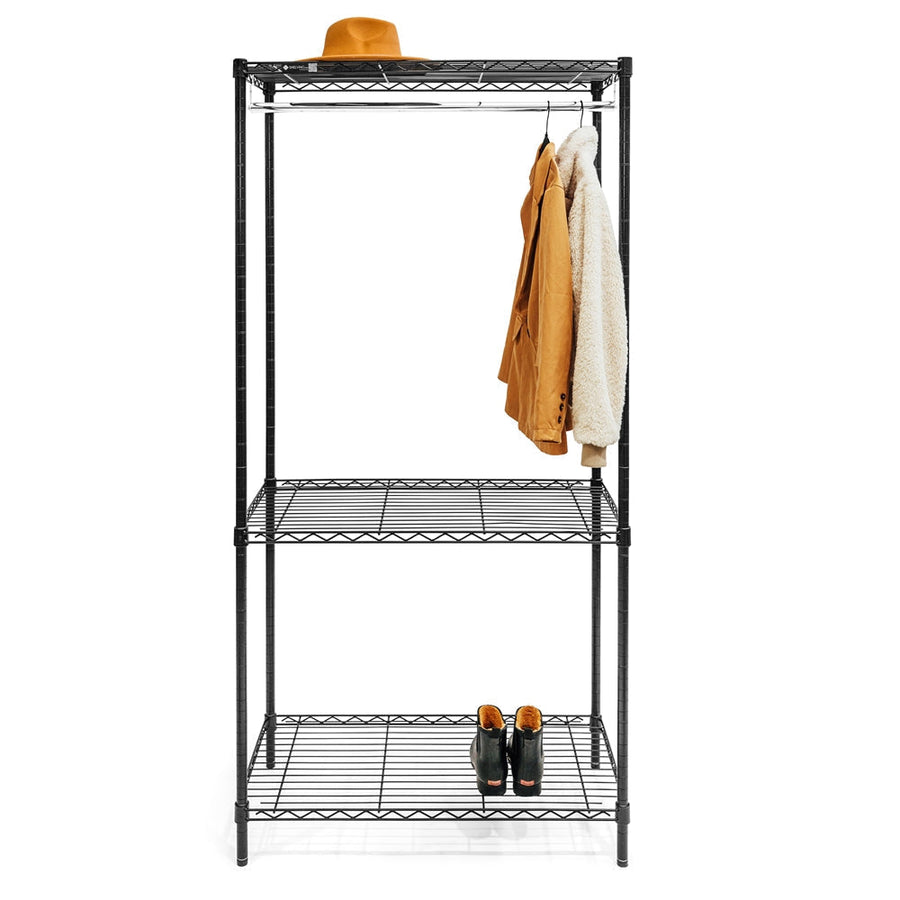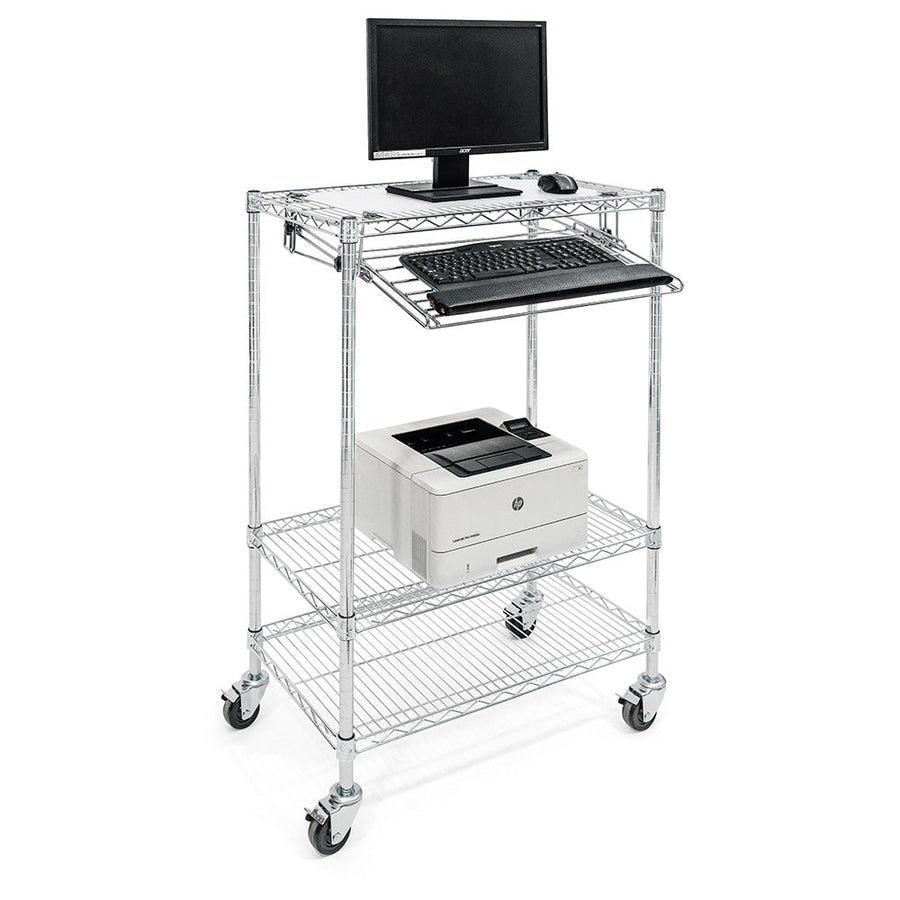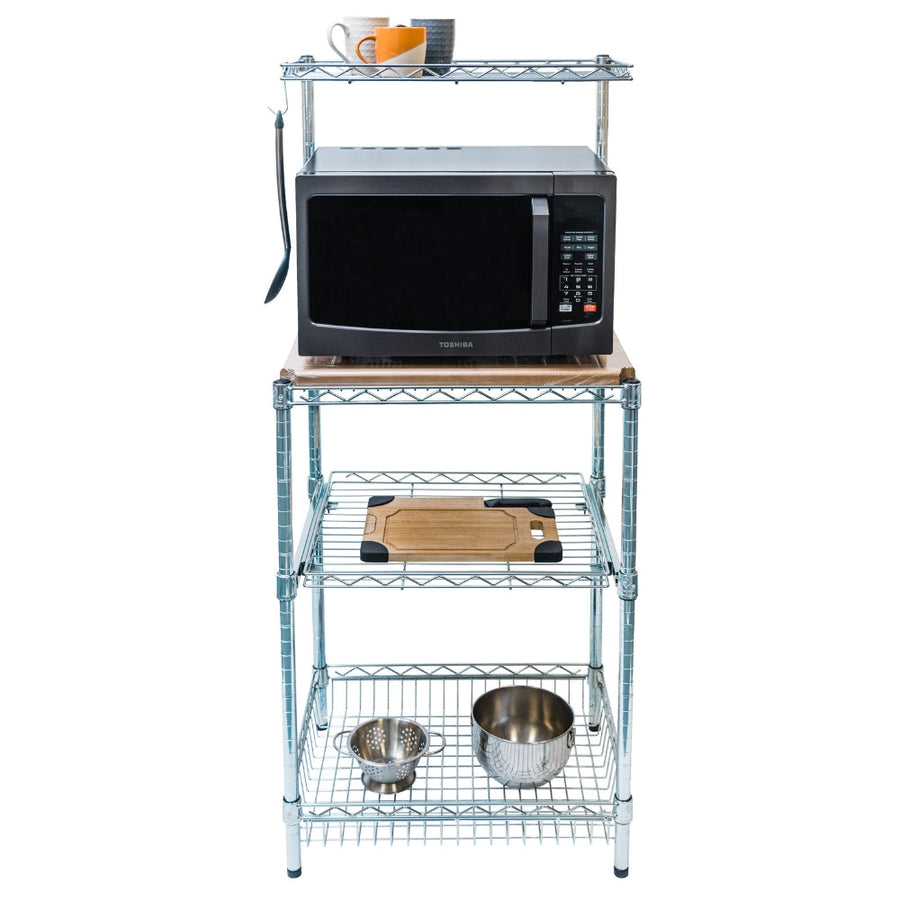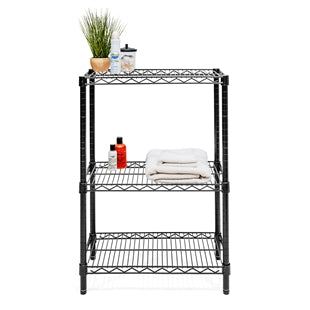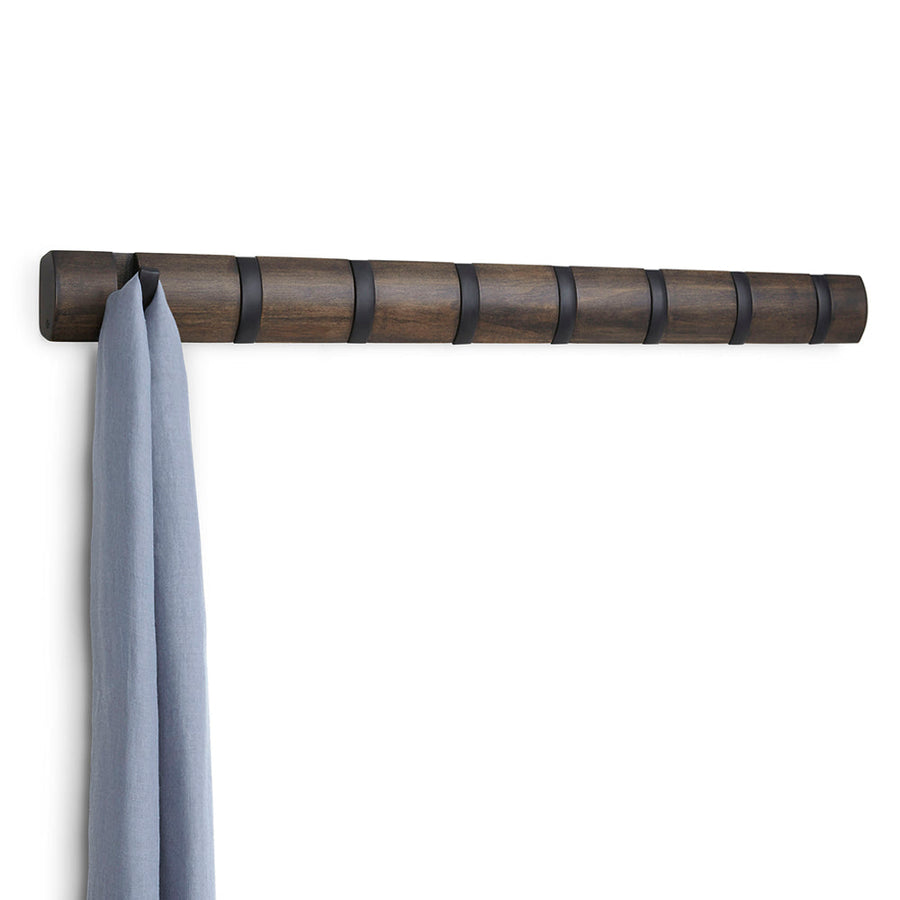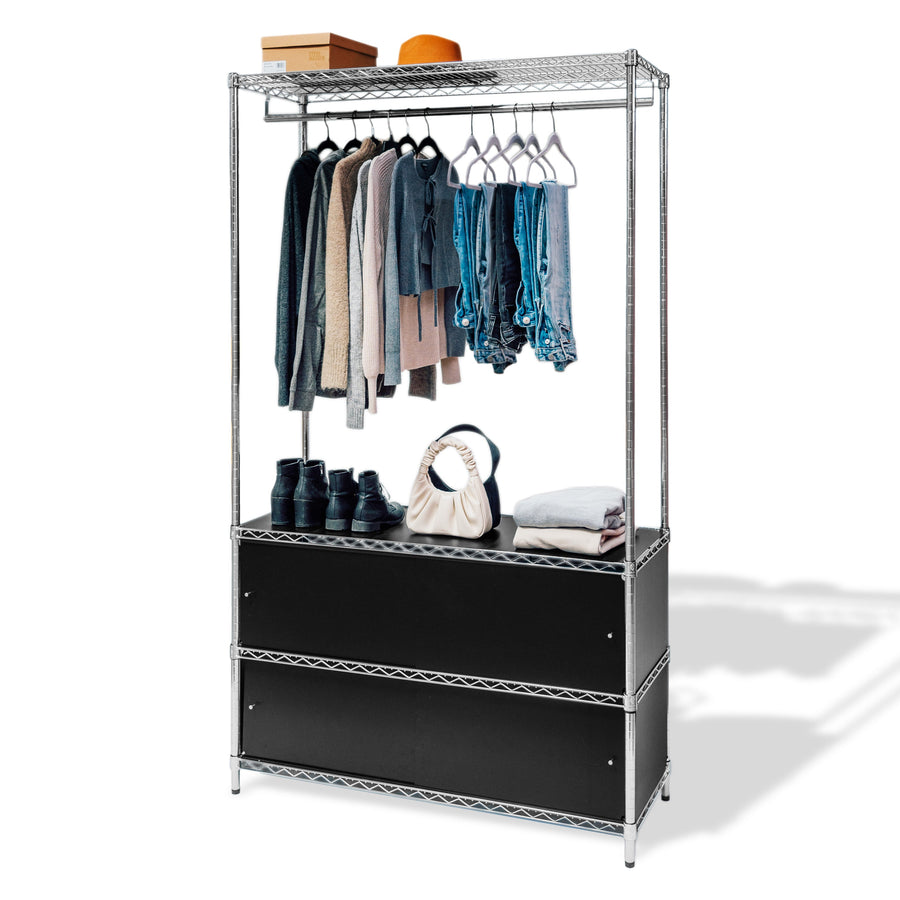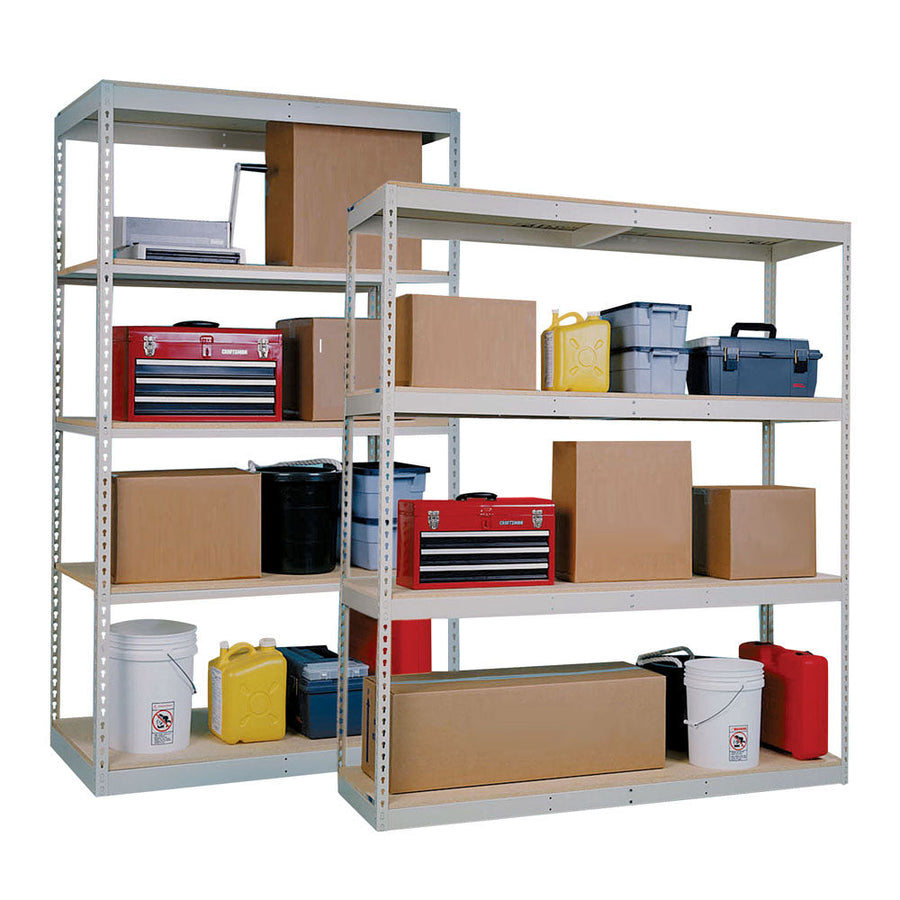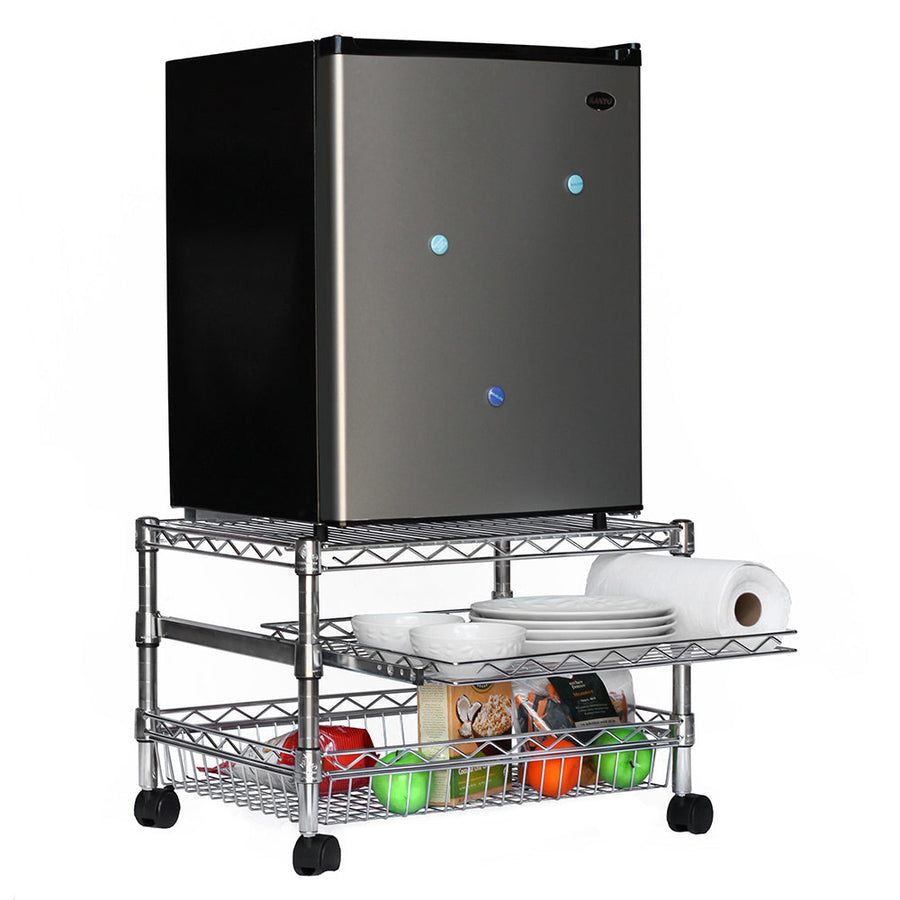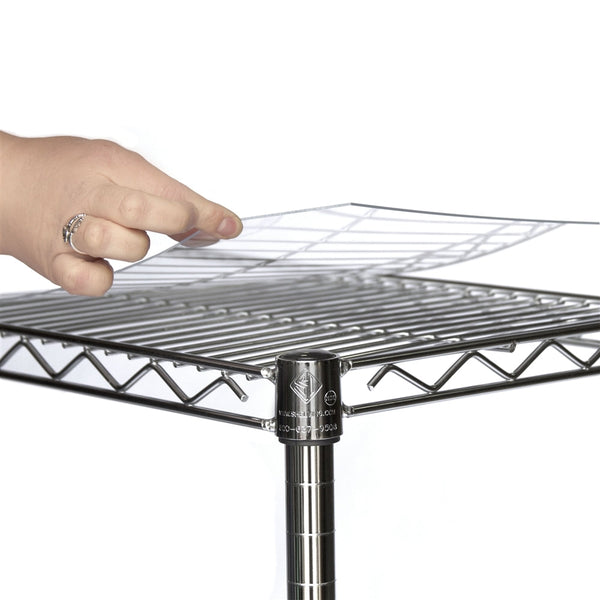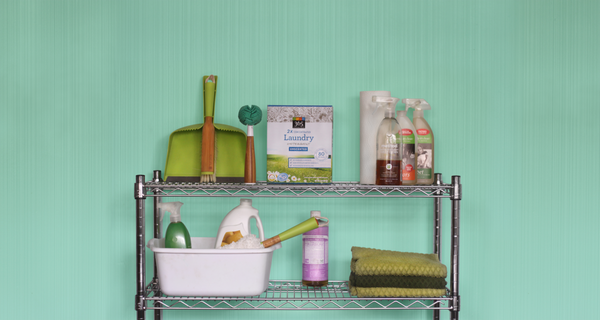In order to maintain the longevity and quality of food, it must be properly preserved and organized. From bread to butter, listed below are fundamental guidelines to organizing the food in your home.
Refrigerated Goods
Keep your fridge and freezer organized so that while you’re cooking it’s easy to find ingredients. Appoint a drawer for meats and cheeses, one for eggs, another for vegetables, and additional categories as needed. Store recently opened items toward the front as they have the shortest life span before going bad. For shelf space, use bins and group items together by food group and size. Lastly, avoid over-stuffing by routinely removing foods that have gone bad and making an effort to sufficiently space everything out.
Beverages
If the fridge is full or a group of beverages aren’t planned to be consumed for a while - like two-liters of soda - a secure spot in the bottom shelf of the pantry shelving should do the trick.For fragile beverages packaged in glass, it’s best to place them in a location that they can securely rest like a wine rack. Also consider using other storage units like beverage dispensers, which makes for a stylish yet smart modality to arrange canned drinks.
Leftovers
Each type of leftover requires a unique storage technique depending on its food group and whether it needs to be refrigerated or not. For example, unfinished dishes of pizzas, sandwiches, fruit salads, or noodles should be refrigerated; to properly preserve their quality, wrap them in either tin foil, plastic wrap, or tupperware. Place them toward the front of the fridge where they can be easily accessed and be eaten before spoiling. Although it generally takes unfinished dry goods like chips or cookies much longer to go bad, it doesn’t mean they shouldn’t be properly stored. Seek out crafty storage solutions such as cereal keepers and chip clips to promote maximum freshness.
Fruits
For unopened, non-canned fruit, place them on a countertop or in a basket while making sure to group each type of fruit separately. Find spots where they’re out of sight from the sun and won’t be prone to being dropped and bruised. After fruit is peeled or sliced, however, place it in a plastic container to prevent rotting and then place in your refrigerator; position it to the front to lessen the chance of being forgotten and becoming un-eatable.
 Dry Food
Store dry goods in the home’s pantry; use wire shelving units to organize them by snack, meal, and condiment. Also, consider a pantry organizer to use as a nifty basket to organize canned goods, chips, spices, and other items in a visually appealing manner.
Dry Food
Store dry goods in the home’s pantry; use wire shelving units to organize them by snack, meal, and condiment. Also, consider a pantry organizer to use as a nifty basket to organize canned goods, chips, spices, and other items in a visually appealing manner.
 Dry Food
Store dry goods in the home’s pantry; use wire shelving units to organize them by snack, meal, and condiment. Also, consider a pantry organizer to use as a nifty basket to organize canned goods, chips, spices, and other items in a visually appealing manner.
Dry Food
Store dry goods in the home’s pantry; use wire shelving units to organize them by snack, meal, and condiment. Also, consider a pantry organizer to use as a nifty basket to organize canned goods, chips, spices, and other items in a visually appealing manner.

